Biofarming, also known as agroecology or organic farming, is a sustainable agriculture method that focuses on cultivating crops and managing soil health using natural processes and biological systems. Crop rotation, composting, natural pest control, and soil-building practices are used to reduce the use of chemical fertilizers and pesticides.
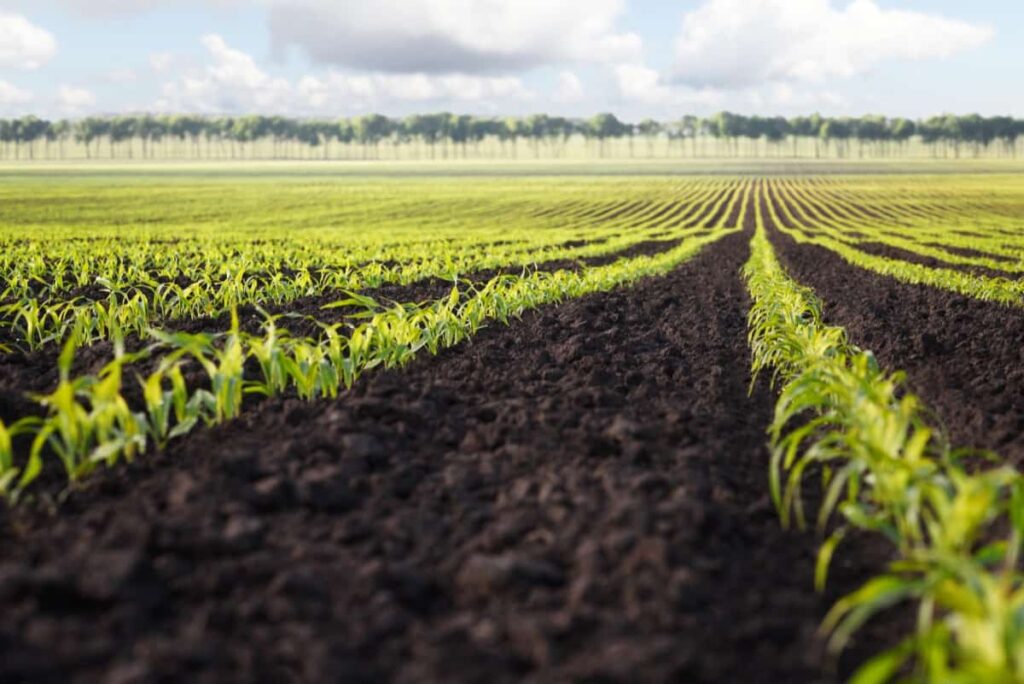
The goal of biofarming is to create a self-sustaining system that maintains or improves soil fertility, optimizes crop yields, and protects the environment. Biofarming is frequently contrasted with traditional farming methods, which heavily rely on synthetic fertilizers, pesticides, and tillage.
How to start Bio farming/agriculture
Why choose Bio farming?
- Environmental advantages: Biofarming reduces the environmental impact of agriculture by reducing the use of synthetic chemicals and promoting soil health. This can result in better water quality and conservation and lower greenhouse gas emissions.
- Health benefits: Biofarming produces food free of harmful chemicals and is frequently higher in nutrients than conventionally grown crops.
- Soil health: Biofarming practices like composting, crop rotation, and reduced tillage improve soil health and fertility, resulting in higher crop yields over time.
- Sustainability: Biofarming creates an autonomous system by maintaining or improving soil fertility and reducing the need for synthetic inputs. Farmers may benefit from lower costs and improved long-term viability of their operations as a result of this.
- Biodiversity is promoted by biofarming by reducing monoculture cropping and encouraging the use of diverse crop rotations and habitats for beneficial insects and other wildlife.
- Community impact: By creating jobs and promoting local food systems, biofarming can have a positive social and economic impact on rural communities.
- Consumer demand for organic and sustainable grown food is increasing, making biofarming a potential market opportunity for farmers.
In case you missed it: Role of Plant Breeding and Biotechnology: Crop Improvement in Agronomic Crops and Horticulture Crops
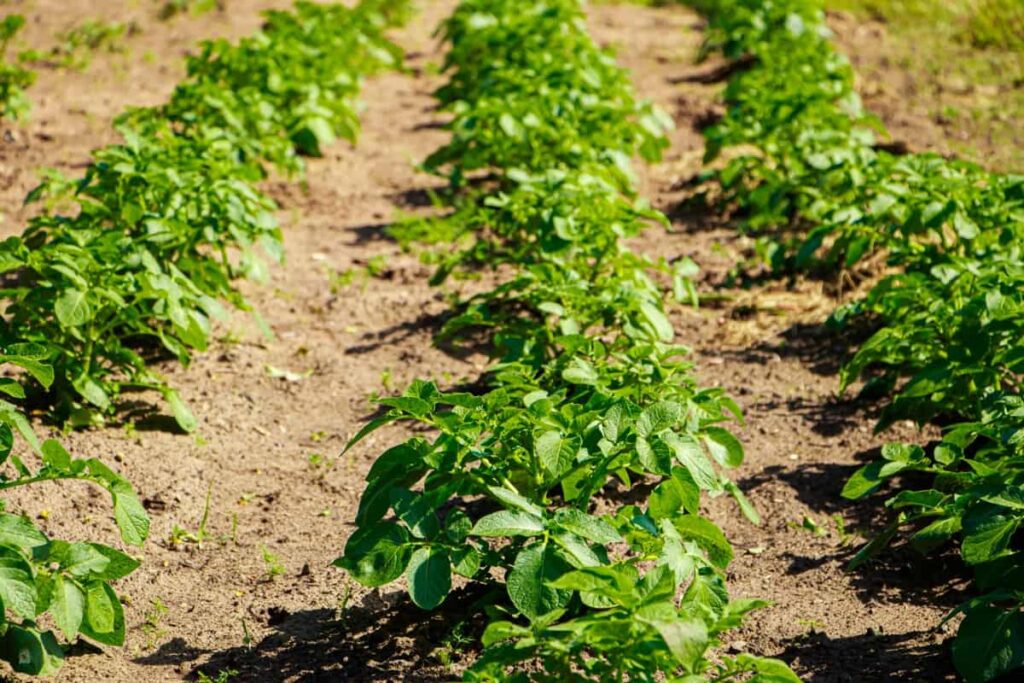
A step-by-step guide to Biofarming
Gather information
- Read biofarming and sustainable agriculture books and articles.
- Attend biofarming and sustainable agriculture workshops, conferences, and training programs.
- Learn about farm practices and experiences by visiting bio farms and speaking with experienced farmers.
- Join online biofarming and sustainable agriculture forums and communities to ask questions and share experiences with other farmers.
- Consult with agricultural extension agents or sustainable agriculture organizations.
- Learn and apply the principles of agroecology, which emphasizes the integration of agricultural ecological, social, and economic aspects.
- Experiment on a small scale with various techniques before implementing them on a larger scale.
Crop selection
- Crops that are well-suited to local climate and growing conditions should be chosen.
- Soil type: Take into account the type of soil you have and select crops well-suited to it.
- Market demand: Choose crops in high demand in your local market to ensure you can sell your product for a profit.
- Crop rotation: Develop a crop rotation strategy to improve soil health and reduce pest and disease pressure.
- Consider intercropping or companion planting when planting crops that have a symbiotic relationship.
- Pest and disease resistance: Select crops naturally resistant to common pests and diseases in your area.
Mulching
Mulching is a common biofarming and sustainable agriculture practice. It is the application of a layer of organic material on top of the soil surface around plants, such as leaves, straw, grass clippings, or bark chips. Mulching has several advantages, including:
- Mulch aids in the conservation of soil moisture by reducing evaporation and runoff.
- Mulch helps to regulate soil temperature, keeping it cool in summer and warmer in the winter.
- Mulch aids in weed suppression, reducing the need for manual weed removal or chemical herbicides.
- Mulch decomposes, adding organic matter to the soil and improving soil structure and fertility.
- Control of pests: Certain types of mulch, such as wood chips, can help repel pests.
- Mulch helps reduce soil erosion, compaction, and soil moisture retention, which can contribute to improved plant health.
In case you missed it: Pest and Disease Management in Okra: Causes, Symptoms, Chemical Control, and Biological Control
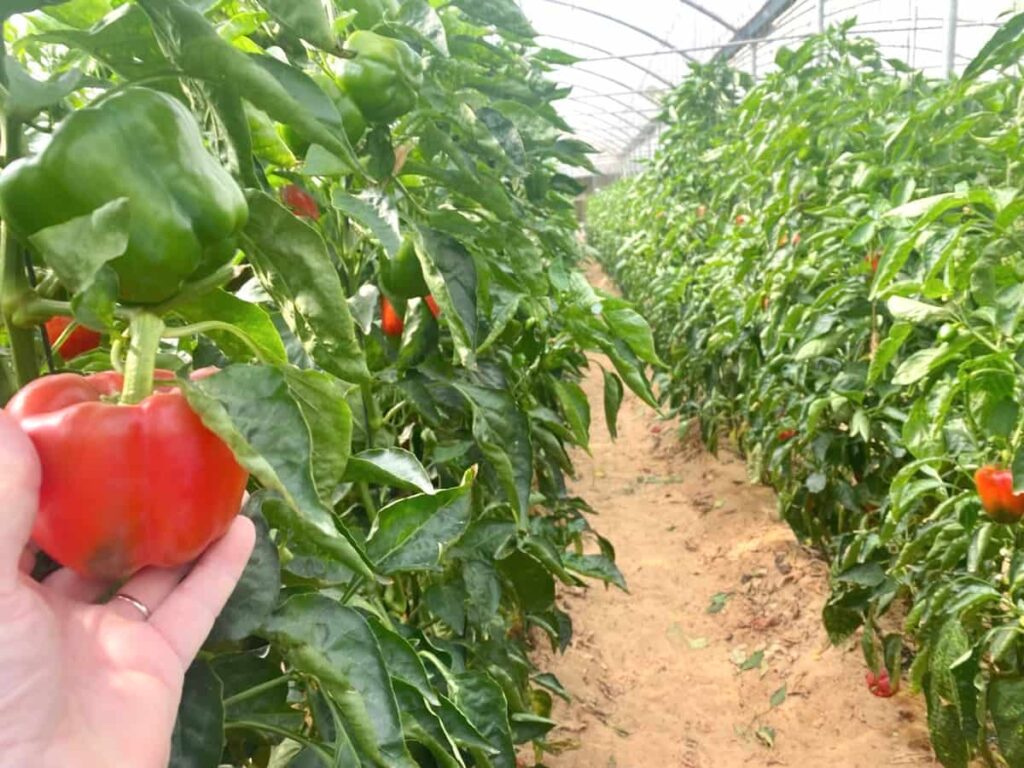
Water management
Water management is essential to biofarming and sustainable agriculture. Water management can help to conserve resources, reduce runoff, and increase crop yields. Here are some pointers for good water management in biofarming:
- Irrigation system selection: Determine the best irrigation system for your farm, such as drip irrigation, sprinkler irrigation, or rainwater harvesting.
- Water conservation: Using water-saving techniques such as efficient irrigation systems to reduce water waste.
- Soil moisture monitoring: Check soil moisture levels regularly to ensure efficient water use and to avoid over- or under-watering crops.
- Crop selection: Select crops that are well-suited to your climate and soil and require little water.
- Rainwater harvesting: Collect rainwater for irrigation purposes, eliminating the need to pump water from wells or rivers.
- Drought-resistant crops: To reduce water requirements, consider planting drought-resistant crops such as succulents or drought-tolerant grasses.
- Soil improvement practices such as composting, cover cropping, and mulching can help to reduce water runoff and increase water retention.
- Consider your farm’s landscape design, such as creating terraces or swales, to reduce runoff and increase water retention.
Crop planning
Crop planning is essential in biofarming and sustainable agriculture. Crop planning can improve efficiency, increase crop yields, and reduce waste. Here are some pointers for successful crop planning in biofarming:
- Market research: Investigate local and regional markets to determine which crops are in demand and have the best profit potential.
- Crop selection: Select crops that are compatible with your production systems and are well-suited to your climate, soil, and water resources.
- Crop rotation: Use crop rotation to reduce pest and disease pressures, improve soil fertility, and preserve soil health.
- Seasonal planning entails planning your crops based on their seasonal requirements, such as planting and harvesting.
- Consider intercropping, or growing two or more crops in the same field, to boost efficiency, reduce pest pressures, and improve soil health.
- Companion planting: Plant compatible crops near each other to improve crop yields, reduce pest pressures, and improve soil health.
- Diversification: To reduce risk and increase resilience, diversify your crop portfolio by planting a mix of annual and perennial crops or crops for food and non-food uses.
- Keeping accurate crop planning and production records, including planting and harvesting dates, yields, and costs, will aid in future planning and decision-making.
In case you missed it: How to Identify and Manage Fall Armyworm: Causes, Symptoms, Biological, Chemical, and Integrated Pest Control
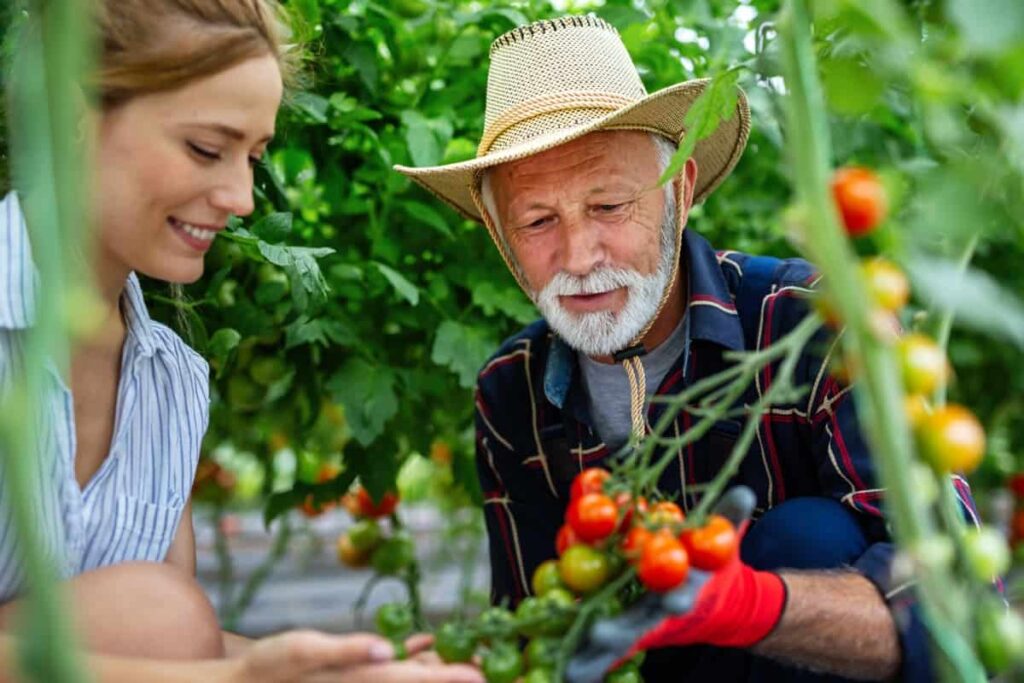
Nutrient management
Biofarming and sustainable agriculture rely heavily on nutrient management. Nutrient management which is executed properly, can improve soil health, increase crop yields, and reduce waste. Here are some nutrient management tips for biofarming:
- Soil testing: Test soil regularly to determine nutrient levels and pH and adjust soil management practices to ensure optimal nutrient availability.
- Composting: Composting is a technique for recycling organic materials and improving soil health by introducing organic matter and nutrients into the soil.
- Cover cropping: Use cover cropping to improve soil structure and add organic matter and nutrients.
- Manure management: Use animal manure as a nutrient source, but manage it properly to reduce pollution and disease risk.
- Consider using green manures or planting crops specifically designed to improve soil health, such as clovers, alfalfa, or lupines.
- Mineral fertilizers: Apply mineral fertilizers sparingly, and choose fertilizers from natural sources that are less toxic to the environment.
- Crop rotation: Use crop rotation to balance nutrient requirements and reduce the risk of soil depletion.
- Use integrated pest management practices to reduce pest and disease pressures and improve soil health, as healthy soil is less prone to pest and disease problems.
In case you missed it: Tamilnadu Organic Farming: For Vegetables, Herbs, Fruits, Millets, Crops, Livestock, and Aquaculture
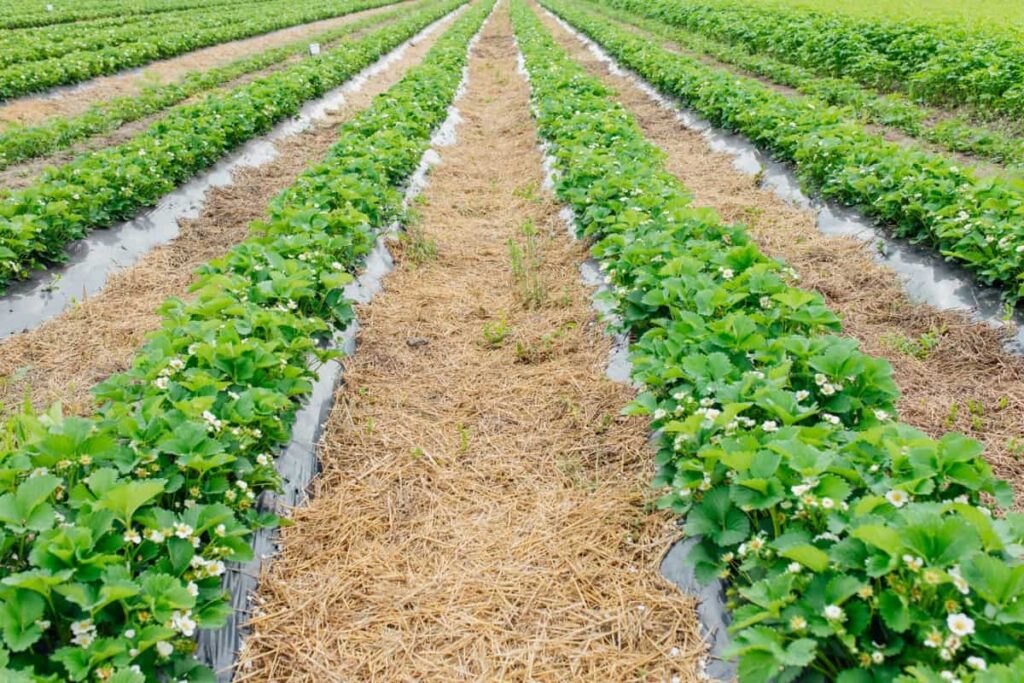
Pest management
Pest management is important to biofarming because pests can cause significant crop damage and reduce yields. Here are some pest management suggestions for biofarming:
- Crop rotation: Use crop rotation to reduce pest populations and the risk of soil depletion.
- Monitoring: Inspect crops regularly for signs of pest damage and act quickly if pests are discovered.
- To reduce pest pressures, use cultural practices such as proper plant spacing, adequate irrigation, and soil management.
- Physical controls: To reduce pest populations, use physical controls such as row covers, screens, or traps.
- Biological controls: To control pest populations, use biological controls such as predators, parasites, or pathogens.
- Use natural pesticides made from botanical extracts or other natural materials, which are less toxic to the environment and less harmful to beneficial insects.
- Use integrated pest management practices, combining different control methods to reduce pest populations and pesticide use.
Weed management
Weed control is critical in biofarming because weedsinteracte with crops for water, nutrients, and sunlight, reducing yields and quality. Here are some weed management strategies for biofarming:
- Crop rotation: Use crop rotation to reduce weed populations and the risk of soil depletion.
- Cover cropping: Use cover cropping to control weeds while adding organic matter to the soil.
- Mulching: Mulching can be used to control weed growth, retain soil moisture, and regulate soil temperature.
- Hand weeding: Hand weed crops regularly to remove weeds before they have a chance to reproduce.
- Cultivation can control weeds, but excessive tillage can damage soil structure and reduce soil health.
- Herbicides made from botanical extracts or other natural materials are less toxic to the environment and harmful to beneficial insects.
- Use integrated weed management practices, combining different control methods to reduce weed populations and pesticide use.
In case you missed it: Chicken Farming in Indonesia: Poultry Business Plan, Setup Cost, License, Profit, and Requirements
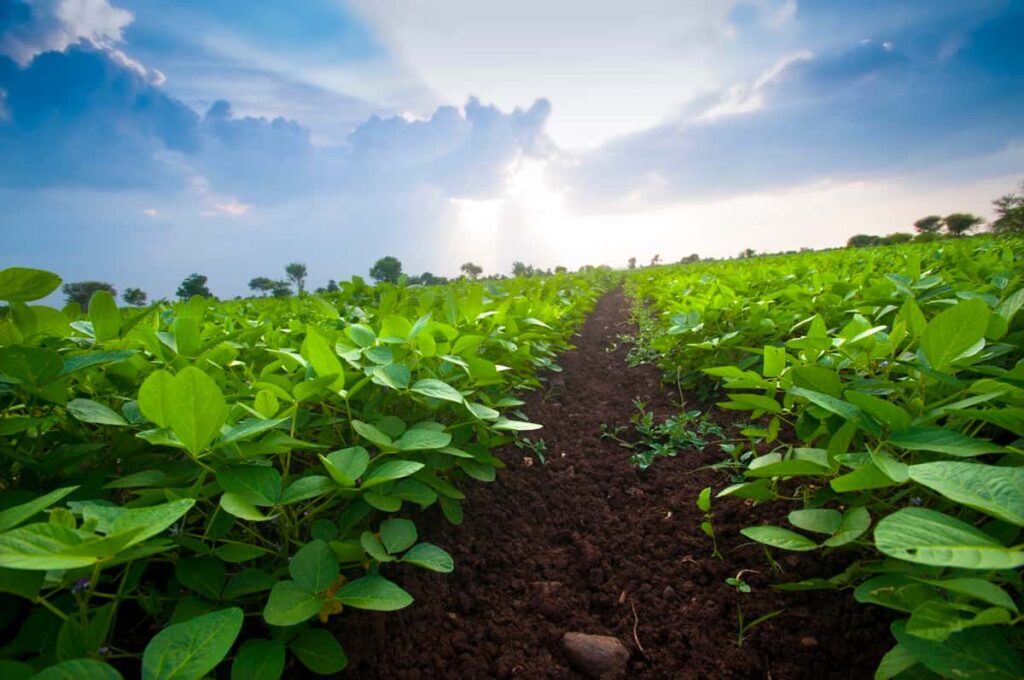
Soil management
- Soil testing: To determine soil health and fertility, test soil regularly for pH, nutrients, and organic matter.
- Organic matter: Improve soil structure, fertility, and water-holding capacity by adding organic matter to the soil through cover cropping, composting, and other methods.
- Crop rotation: To reduce soil depletion and improve soil health, implement a crop rotation system.
- Tillage should be kept to a minimum to reduce soil erosion, conserve soil moisture, and maintain soil structure.
- Irrigation should be done correctly to conserve soil moisture and avoid waterlogging or drought stress.
- Soil preparation: Before planting, properly prepare the soil to ensure good soil-to-seed contact and improved seed germination.
- Soil fertility management: Use proper soil fertility management techniques to provide crops with the proper nutrient balance, such as fertilizing with natural fertilizers like compost, animal manure, and green manures.What are the benefits of Biofarming?
Benefits of biofarming
- Biofarming techniques such as composting, crop rotation, and reduced tillage help to maintain and improve soil health, resulting in higher crop yields over time.
- Reduced use of synthetic chemicals: Biofarming reduces the use of synthetic fertilizers, pesticides, and other chemicals, lowering the environmental and human health impact of agriculture.
- Biodiversity is increased by reducing monoculture cropping and encouraging diverse crop rotations and habitats for beneficial insects and other wildlife.
- Increased nutrient content in food: Research has shown that food produced using biofarming methods can contain higher levels of certain nutrients than food grown conventionally.
- Increased carbon sequestration: Biofarming practices such as composting and cover cropping can aid in carbon sequestration in the soil, lowering greenhouse gas emissions.
- Improved farmer income: When compared to conventionally grown crops, biofarming can offer a higher price for crops while lowering input costs, resulting in higher farmer income.
Conclusion
To conclude, biofarming is a sustainable and environmentally friendly approach to agriculture that focuses on growing crops and raising livestock using natural processes and techniques. It has several advantages over traditional farming methods, including improved soil health, reduced reliance on chemical inputs, increased biodiversity, and higher food quality.
In case you missed it: Growing Jowar (Sorghum) Organically in Maharashtra: Step-By-Step Cultivation Process and Production
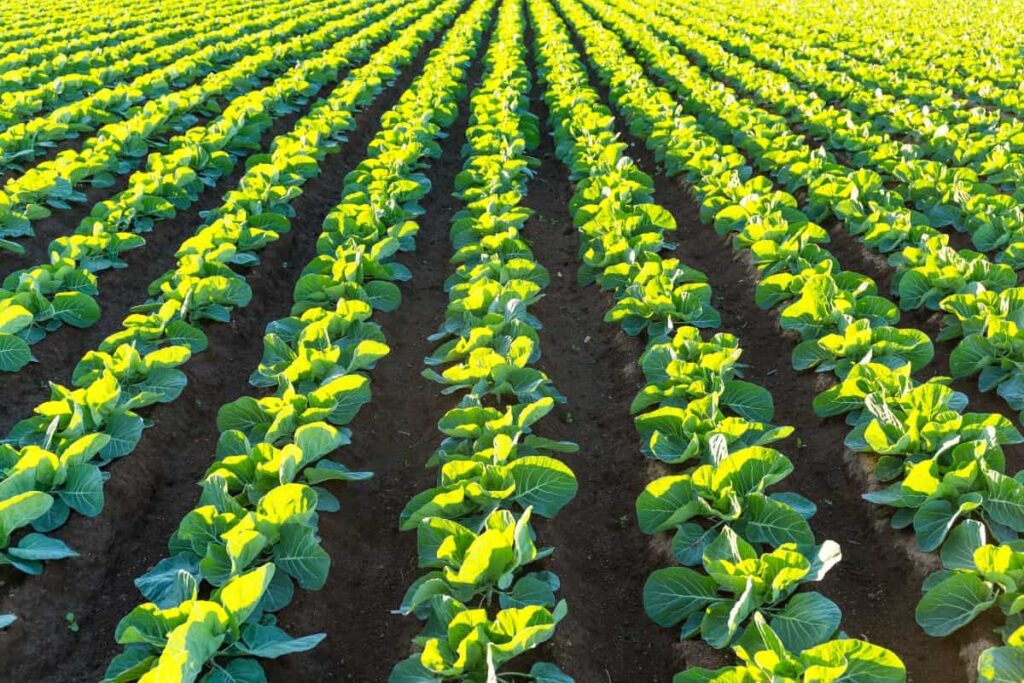
Starting a bio farm necessitates a thorough understanding of biofarming principles and techniques and careful planning, preparation, and management of crops, soil, water, and pests. Monitoring soil health, fertility, and crop growth, as well as making adjustments as needed to optimize yields and reduce risks, are all part of effective biofarming.
Those interested in pursuing biofarming should educate themselves on the principles and techniques of biofarming and begin small and scale up as they gain experience and knowledge. Biofarming can be a rewarding and sustainable way to grow crops and raise livestock while contributing to the health of the environment and the quality of the food we eat with the right approach and dedication.
- Profitable Village Farming Business Ideas in 2024
- High-Yield Aquaculture: Fast-Growing Fish for Farming
- Effective Fish Pond Construction Techniques for Beginners
- Irrigation and Water Management in Pineapple Farming
- Blossom to Harvest: Mastering Flowering and Pollination in Papaya Farming
- Pig Fattening Essentials: From Selection to Sale for Beginners
- Raising Wagyu Cattle: A Complete Guide for Premium Beef Production
- Soil Types and Their Water Holding Capacity
- Optimizing Irrigation Schedules for Coconut Groves for Enhanced Yield
- Espresso Your Garden: Coffee Grounds for Healthier Acid-Loving Plants
- The Best Soil Mix for Snake Plants: How to Mix Your Own Snake Plant Soil
- Green Thumb Success: Expert Tips for Cultivating Greenhouse Beans All Year Round
- Bloom All Year Round: The Ultimate Guide to Indoor Hyacinth Care
- Eco-Friendly Gardening: How to Make Liquid Fertilizer from Kitchen Waste
- Ultimate Guide to Grow Anise in Pots: Explore Seed Propagation to Harvesting
- Guide to Raising Chester White Pigs: Discover Breed Facts to Growth Management
- Mastering the Elegance: The Ultimate Guide to Weeping Cherry Tree Care, Planting, and Maintenance
- Ultimate Guide to Planting Garlic in Grow Bags: Growing Strategies for Beginners
- How to Fix Spider Plant Leaf-Related Problems: Natural and Organic Remedies
- 10 Reasons Why Your Tulsi Plant is Shedding Leaves: Home Remedies and Solutions
- Optimizing Growth and Yield: The Advantages of Palm Bunch Ash Fertilizer
- Utilizing Neem Oil Extract as a Natural Pesticide for Hydrangea
- From Soil to Harvest: Various Ways in Which Farmers Can Use AI Tools
- Steps to Encourage and Induce Citrus Flowers: A Comprehensive Guide
- How to Fix Snake Plant Leaf-Related Issues: Natural and Organic Remedies
- Transform Your Garden into a Fragrant Oasis with Raat Ki Rani (Night Blooming Jasmine)
- Discover the Ideal Chicken Breeds for Philippine Farms
- How to Create a Poultry Egg Farm Business Plan for Profits
- Grow Lemon Cucumbers Like a Pro: Insider Techniques for Bountiful Yields
- Ultimate Guide to Caring for Your Pink Princess Philodendron: Tips for Thriving Variegation
- Areca Nut Profit Per Acre: Calculating Yield and Cost of Cultivation
- How Kaveri Chicken is Becoming a More Profitable Breed in Indian Backyards
- Transform Your Barn: 9 Steps to Convert a Horse Stall into a Chicken Coop
- Exploring Suffolk Sheep Disadvantages with Limitations and Challenges
- Guide to Solving Potted Lemon Tree Problems: How to Revive Lemon Tree in Containers
- Steps to Encourage Female Pumpkin Flowers: Best Strategies for More Flowers and High Yields
